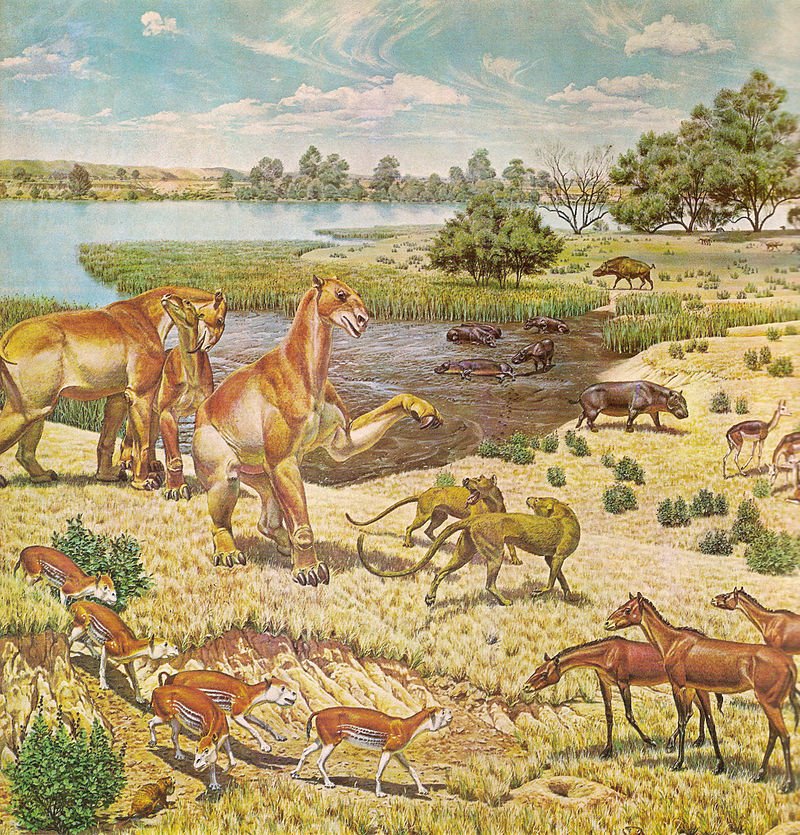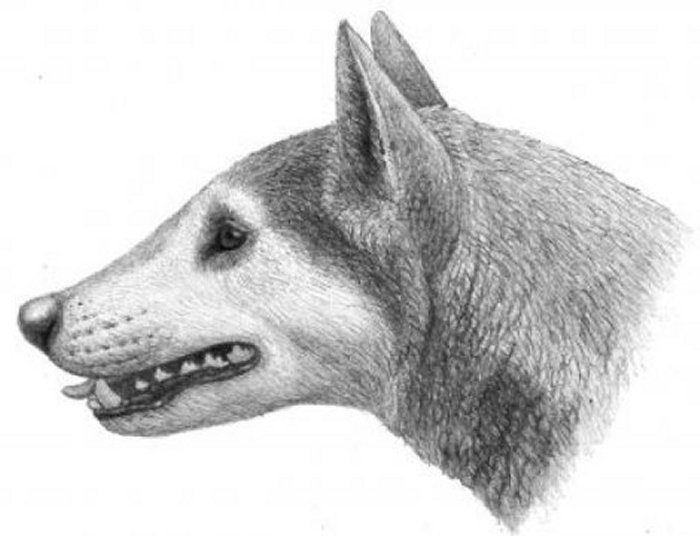New Species Of Ancient Dog That Lived In North America 12 Million Years Ago Discovered
MessageToEagle.com – About 12 million years ago a hyena-like canine, with massive jaws capable of crushing bone roamed the coast of eastern North America. It was during a period when massive sharks like megalodon swam in the oceans.
Fossils of this ancient dog have just been discovered in Maryland. This coyote-sized dog, named Cynarctus wangi, was a member of the extinct subfamily Borophaginae, commonly known as bone-crushing dogs because of their powerful jaws and broad teeth.

“In this respect they are believed to have behaved in a similar way to hyenas today,” said the study’s lead author, Steven E. Jasinski, a student in the Department of Earth and Environmental Science in Penn’s School of Arts & Sciences and acting curator of paleontology and geology at the State Museum of Pennsylvania in Harrisburg.
See also:
Ancient DNA Solves The Mystery Of Giant Bears In The Americas
New DNA Study Reveals Dogs Have Been Humans’ Friends For 33,000 Years
Giant 7 Feet Bones Of Hound Unearthed – Has The Legendary Black Shuck Been Found?
The discovery made by University of Pennsylvania doctoral student is quite unique as most fossils known from this time period represent marine animals. The finding is significant as fossils from land animals in this region during this time give us an insight into what kind of life was present on our planet so long ago.

Despite its strong jaws, the researchers believe C. wangi wouldn’t have been wholly reliant on meat to sustain itself.
“Based on its teeth, probably only about a third of its diet would have been meat,” Jasinski said. “It would have supplemented that by eating plants or insects, living more like a mini-bear than like a dog.”
MessageToEagle.com










